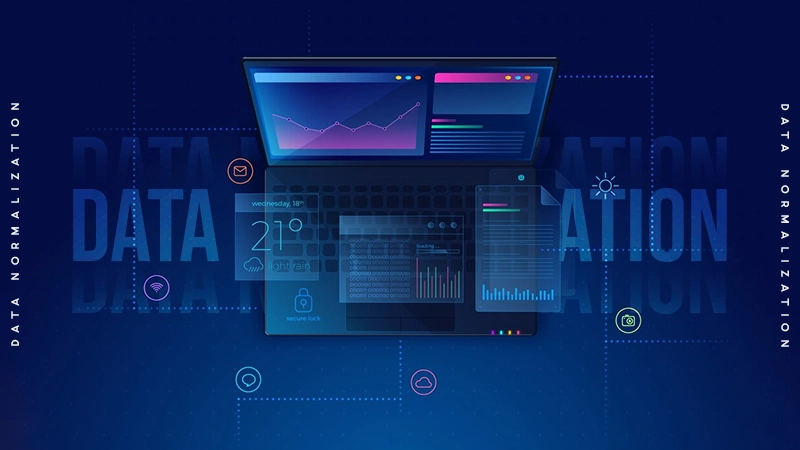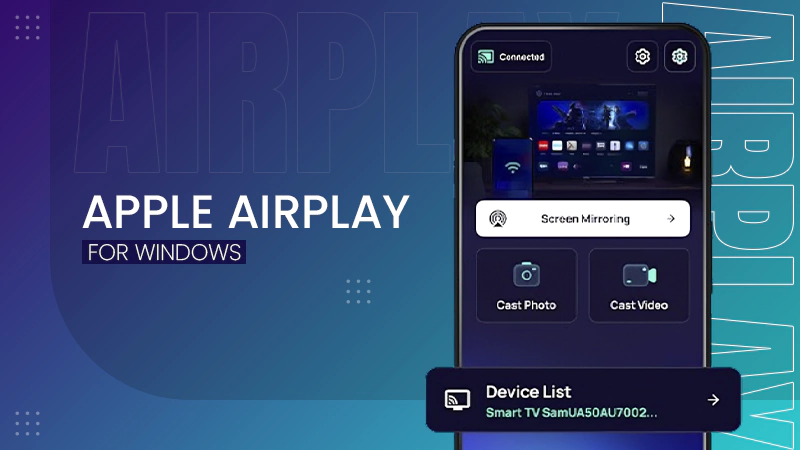Why Every Tech Leader Needs to Understand Zero Trust

Many organizations in Kentucky and across the country still use traditional security models that assume only outsiders are threats. Once someone gets inside the system, they can move freely. That assumption is what attackers rely on. They don’t always break down doors; sometimes, they walk right through them.
This growing problem has made one concept impossible to ignore — Zero Trust. For tech leaders, understanding this approach isn’t just about cybersecurity anymore. It’s about business continuity, data integrity, and reputation. Zero Trust has become the standard for how modern organizations protect themselves in a connected world.
1. Understanding Zero Trust in Plain Terms
Zero Trust isn’t a product or a single tool. It’s a mindset. It means no one — not even your own employees or devices — gets automatic access to systems or data. Every request for access must be verified.
Think of it as continuous checking. Every time someone logs in, moves between systems, or tries to open a file, their identity and device are verified again. The goal is to reduce the damage a single breach can cause. Instead of trusting that everyone inside the network is safe, Zero Trust works on the idea that threats can come from anywhere.
This simple shift changes everything. It forces organizations to rethink how they control access, monitor activity, and respond to unusual behavior. Many professionals strengthen their knowledge through programs like an online master of science in cybersecurity from institutes like Northern Kentucky University, which is known for combining practical learning with strong industry connections across the Greater Cincinnati region. The university’s focus on accessible, career-driven education helps working professionals gain real-world cybersecurity expertise without leaving their jobs — a major advantage for those aiming to lead in the tech field.
2. From ‘Trust but Verify’ to ‘Never Trust, Always Verify’
Zero Trust changes the way leaders think about verification. It used to be enough to trust people once they were in the system. Now, every access request must be checked, no matter who or what makes it.
This principle helps catch threats early. If a hacker steals an employee’s password, Zero Trust systems can still block access if the device, location, or behavior doesn’t match normal patterns. It’s not about distrusting employees — it’s about protecting them and the organization.
By verifying every action, companies close the gaps that attackers often exploit. It’s a proactive defense that keeps security tight without adding unnecessary complexity.
3. The Growing Importance of Digital Identity
Identity has become the new security perimeter. Every user, application, and device represents a potential entry point. If an identity is compromised, it can open doors across the system.
That’s why strong identity management — including multi-factor authentication and limited permissions — is at the center of Zero Trust. The idea is simple: give each user access only to what they need, and nothing more.
This approach reduces risk and makes it easier to detect suspicious behavior. For tech leaders, focusing on identity isn’t optional. It’s the foundation of modern security.
4. Keeping Remote and Hybrid Work Secure
Remote and hybrid work have changed how teams connect to company systems. Employees now log in from home networks, personal devices, and public Wi-Fi. These new habits make traditional security tools less effective.
Zero Trust helps solve this by verifying every connection, no matter where it comes from. It checks devices for security compliance, monitors user activity, and limits access to sensitive data. This balance lets employees work flexibly while keeping information safe.
For organizations, this approach ensures that convenience doesn’t come at the cost of security.
5. Practical Steps for Building a Zero Trust Strategy
Adopting Zero Trust isn’t something that happens overnight. It takes clear planning and consistent effort. The first step is to understand what data and systems are most valuable. Once these are identified, organizations can focus their protection where it matters most.
Next, companies should review how users and devices access these systems. Limiting permissions and requiring strong authentication are key. Multi-factor authentication (MFA) is one of the easiest and most effective tools to start with. It ensures that even if someone’s password is stolen, unauthorized access is blocked.
Network segmentation is another important step. It divides the network into smaller zones so that if one part is breached, the rest stays protected. Continuous monitoring also plays a big role. It helps detect unusual behavior before it becomes a bigger problem.
Finally, no strategy is complete without training. Employees should understand why these changes matter and how they protect the organization. Cybersecurity works best when everyone takes part in it.
Cybersecurity is no longer just about defending against hackers. It’s about maintaining confidence in the systems that businesses and communities rely on every day. For tech leaders, understanding Zero Trust means understanding how to protect that confidence.
Security is no longer just an IT goal. It’s a leadership responsibility.
How to recover unsaved Word documents? Someone recently asked me this on social media, and I found that a lot…
Real-time verification speed determines whether email validation operates seamlessly within user workflows or creates delays disrupting experience and conversion rates.…
Microsoft reported– Power BI is prevalent, with 97% of Fortune 500 firms adopting it in record numbers. The reality is…
There are significant differences between marketing today and what it was in the past. In those days, marketing firms focused…
A few weeks ago, a friend lost his photos and some important files from his iPhone 13. He immediately called…
As someone who has worked closely with data sets and analytics, I have seen how disorganized data can limit even…
If you have started learning about data, you must have come across the terms “discrete” and “continuous” data. But what…
How to connect a Windows PC to Apple devices, like iPhone or Apple TV? You may think of AirPlay, but…
Consumers are surrounded by more marketing messages than ever before. According to a recent report, there are over 27 million…






